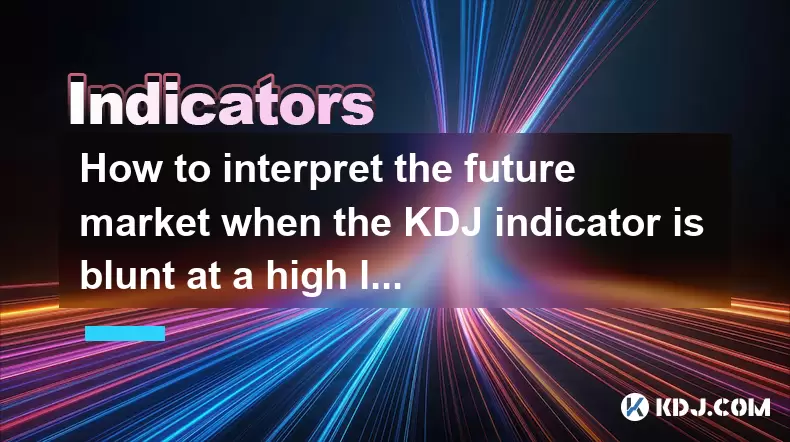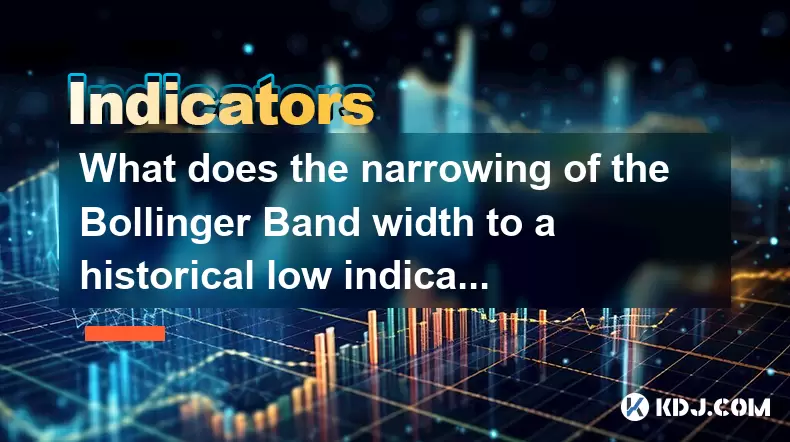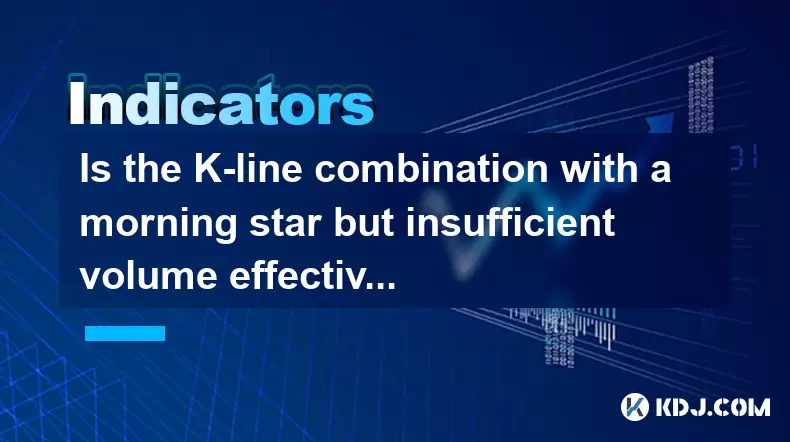-
 Bitcoin
Bitcoin $101,898.5005
-0.75% -
 Ethereum
Ethereum $2,258.1125
-1.07% -
 Tether USDt
Tether USDt $1.0004
0.01% -
 XRP
XRP $2.0178
-2.93% -
 BNB
BNB $624.0243
-1.53% -
 Solana
Solana $134.3298
-0.90% -
 USDC
USDC $0.9999
0.01% -
 TRON
TRON $0.2675
-2.05% -
 Dogecoin
Dogecoin $0.1538
-1.96% -
 Cardano
Cardano $0.5482
-1.11% -
 Hyperliquid
Hyperliquid $35.5636
5.45% -
 Bitcoin Cash
Bitcoin Cash $453.4902
-1.66% -
 Sui
Sui $2.5134
-2.97% -
 UNUS SED LEO
UNUS SED LEO $9.1292
1.77% -
 Chainlink
Chainlink $11.8457
-1.60% -
 Stellar
Stellar $0.2312
-2.73% -
 Avalanche
Avalanche $16.9721
0.29% -
 Toncoin
Toncoin $2.7549
-3.82% -
 Shiba Inu
Shiba Inu $0.0...01081
-1.10% -
 Litecoin
Litecoin $80.8250
-0.71% -
 Hedera
Hedera $0.1374
0.21% -
 Monero
Monero $305.4827
-2.36% -
 Ethena USDe
Ethena USDe $1.0006
0.00% -
 Dai
Dai $1.0000
-0.01% -
 Polkadot
Polkadot $3.2085
-3.12% -
 Bitget Token
Bitget Token $4.0845
-3.13% -
 Uniswap
Uniswap $6.3353
-1.63% -
 Pi
Pi $0.5085
-0.70% -
 Pepe
Pepe $0.0...08913
-3.82% -
 Aave
Aave $232.7090
-0.58%
How to interpret the future market when the KDJ indicator is blunt at a high level for a long time?
When the KDJ indicator remains blunt at high levels in crypto trading, it signals sustained momentum rather than an immediate reversal, requiring traders to confirm with volume, trendlines, and broader market context before making decisions.
Jun 23, 2025 at 10:35 pm

Understanding the KDJ Indicator in Cryptocurrency Trading
The KDJ indicator, also known as the stochastic oscillator, is a momentum-based technical analysis tool used to identify overbought and oversold conditions in financial markets. It consists of three lines: the %K line (fast stochastic), the %D line (slow stochastic), and the J line (divergence). In cryptocurrency trading, where volatility is high and trends can shift rapidly, understanding how the KDJ behaves becomes crucial.
When the KDJ indicator remains blunt at a high level for an extended period, it suggests that the price may be stuck in an overbought condition without any clear reversal signals. This phenomenon often puzzles traders who rely on traditional interpretations of the indicator, which typically suggest a sell-off after reaching extreme levels.
What Does "Blunt" Mean in the Context of KDJ?
In technical analysis, when we say the KDJ indicator is blunt, it means that the %K and %D lines are moving horizontally or showing minimal divergence despite the price continuing to rise or fall. Normally, these lines should cross each other or diverge to signal potential trend reversals. However, during periods of strong momentum — especially in bullish crypto markets — the KDJ may remain in overbought territory (above 80) for long durations without giving a clear sell signal.
This behavior is particularly common in cryptocurrencies like Bitcoin and Ethereum during bull runs, where sustained buying pressure keeps prices elevated and prevents the indicator from generating typical reversal cues.
Interpreting Extended High-Level Bluntness in KDJ
When the KDJ stays blunt at a high level, traders must consider several factors before making decisions:
- Market Sentiment: Strong positive sentiment driven by news, adoption, or macroeconomic factors can keep the market in overbought zones longer than expected.
- Volume Patterns: A sharp increase in trading volume while the KDJ is flat might indicate continued institutional participation or whale accumulation.
- Price Action Confirmation: Traders should look for candlestick patterns, support/resistance breaks, or moving average crossovers to confirm whether the trend is still intact.
- Timeframe Sensitivity: The bluntness may appear more prominently on shorter timeframes (like 1-hour or 4-hour charts), while higher timeframes (daily or weekly) could show clearer signals.
It's important not to treat this condition as an automatic sell signal but rather as a sign of ongoing strength unless confirmed otherwise by other indicators or chart patterns.
Practical Steps to Respond When KDJ Is Blunt at High Levels
If you observe that the KDJ indicator has been blunt at a high level on your chosen chart, here’s how you can approach the situation step-by-step:
- Check Multiple Timeframes: Look at both short-term and long-term charts to see if the same bluntness appears across different intervals.
- Combine with Moving Averages: Overlay tools like the 50-day or 200-day moving average to assess whether the price is still above key trendlines.
- Analyze Volume Indicators: Use On-Balance Volume (OBV) or Volume Weighted Average Price (VWAP) to detect whether the rally is supported by increasing volume.
- Monitor Key Resistance Levels: If the price is approaching historical resistance levels and the KDJ is still high, it might be nearing a consolidation phase.
- Watch for Hidden Divergences: Sometimes, even if the KDJ seems flat, subtle divergences between price and the J line can offer early clues about a potential reversal.
By integrating these methods, traders can avoid premature exits or entries based solely on KDJ readings.
How Institutional Behavior Influences KDJ Interpretation
Institutional investors play a significant role in shaping cryptocurrency market dynamics. Their large-scale trades can cause the KDJ indicator to remain blunt at high levels for extended periods. Unlike retail traders who react quickly to technical signals, institutions often accumulate positions gradually over time, sustaining upward pressure without triggering traditional sell signals.
This kind of market behavior is evident during ETF approvals, regulatory developments, or major exchange listings. In such cases, the price may continue rising even when the KDJ shows overbought conditions. Recognizing the influence of institutional activity helps traders contextualize the bluntness and adjust their strategies accordingly.
Common Misinterpretations of KDJ Bluntness
Traders new to technical analysis may misinterpret the bluntness of the KDJ indicator at high levels in several ways:
- Assuming an Immediate Reversal: Just because the indicator is overbought doesn't mean the price will reverse immediately. Momentum can persist due to external catalysts.
- Ignoring Trend Strength: Focusing solely on the KDJ while neglecting broader trend indicators like MACD or RSI can lead to false signals.
- Overreacting to Crosses: Waiting for %K to cross below %D in overbought territory may result in missed opportunities if the market continues to move higher without retracing.
- Misjudging Market Conditions: In ranging markets, KDJ works well for identifying reversals, but in trending markets, it tends to give late or no signals at all.
Understanding these pitfalls allows traders to make more informed decisions when the KDJ appears stagnant at high levels.
Frequently Asked Questions
Why does the KDJ indicator stay blunt in overbought zones during strong rallies?
During strong rallies, especially in crypto markets, continuous buying pressure prevents the indicator from signaling a reversal. The market may ignore traditional overbought levels due to positive sentiment, news events, or institutional inflows.
Can I use KDJ alone to make trading decisions when it's blunt?
Relying solely on KDJ during bluntness is risky. It's advisable to combine it with other tools like volume indicators, moving averages, and price pattern analysis for better accuracy.
Should I exit my position if KDJ is overbought and blunt?
Not necessarily. Exit decisions should be based on multiple confirming signals. If the trend remains strong and volume supports the rally, holding through the bluntness may be more profitable than exiting prematurely.
How can I differentiate between a healthy continuation and an impending reversal when KDJ is blunt?
Look for signs such as slowing momentum on higher timeframes, bearish candlestick formations, or decreasing volume. These can help distinguish between a pause in the trend and a full reversal.
Disclaimer:info@kdj.com
The information provided is not trading advice. kdj.com does not assume any responsibility for any investments made based on the information provided in this article. Cryptocurrencies are highly volatile and it is highly recommended that you invest with caution after thorough research!
If you believe that the content used on this website infringes your copyright, please contact us immediately (info@kdj.com) and we will delete it promptly.
- VanEck, Pudgy Penguins, and Nasdaq: A New York Minute on Crypto's Big Moves
- 2025-06-24 01:05:12
- Ripplecoin Cloud Mining: Earn Daily Crypto Rewards?
- 2025-06-24 00:25:13
- SEI Price Prediction: Crypto Analyst Sees Potential Jump to $0.30!
- 2025-06-24 01:05:12
- Dogecoin, Cardano, and Crypto Security: Navigating the Wild West
- 2025-06-24 00:45:12
- Dogecoin Price Analysis and Ozak AI: Riding the Crypto Wave in Style
- 2025-06-24 00:45:12
- Neo Pepe Presale: The Next Big Meme Coin?
- 2025-06-24 00:32:08
Related knowledge

How to interpret that the time-sharing chart shows "volume and price rise together" but the MACD red column shortens?
Jun 24,2025 at 01:08am
Understanding the Concept of 'Volume and Price Rise Together'In cryptocurrency trading, when a time-sharing chart shows that both volume and price rise together, it is typically interpreted as a sign of strong buying pressure. This means more traders are entering long positions, pushing the price higher while increasing the trading volume. This phenomen...

Is it contradictory that the moving average system is arranged in a bullish pattern but the DMI shows a decline in trend strength?
Jun 23,2025 at 11:43pm
Understanding the Moving Average and DMI RelationshipIn cryptocurrency trading, technical analysis plays a crucial role in identifying potential trends and making informed decisions. Two of the most commonly used indicators are the Moving Average (MA) and the Directional Movement Index (DMI). While both tools aim to provide insight into market direction...

How to interpret that the Williams indicator quickly turns back in the overbought area but does not fall below the 50-axis?
Jun 24,2025 at 02:01am
Understanding the Williams %R Indicator in Cryptocurrency TradingThe Williams %R indicator, often referred to as Williams Percent Range, is a momentum oscillator used by traders to identify overbought or oversold conditions in financial markets, including cryptocurrency. It ranges from 0 to -100, where values above -20 are considered overbought and thos...

What is the significance of the gap formed by the gap opening not being filled within five days?
Jun 23,2025 at 09:42pm
Understanding Gaps in Cryptocurrency TradingIn the world of cryptocurrency trading, a gap refers to a situation where the price of an asset jumps from one level to another without any trading activity occurring between those two levels. This often happens over weekends or holidays when the market is closed, and significant news or events occur that impa...

What does the narrowing of the Bollinger Band width to a historical low indicate?
Jun 24,2025 at 02:35am
Understanding Bollinger Bands and Their Role in Technical AnalysisBollinger Bands, developed by John Bollinger in the 1980s, are a popular technical analysis tool used to measure market volatility. They consist of three lines: a simple moving average (SMA) in the center, typically over a 20-period setting, and two outer bands that are set at a standard ...

Is the K-line combination with a morning star but insufficient volume effective?
Jun 24,2025 at 02:49am
Understanding the Morning Star K-line PatternThe morning star is a classic candlestick pattern indicating a potential reversal from a downtrend to an uptrend. It consists of three candles: a large bearish candle, followed by a small-bodied candle (often a doji or spinning top), and then a large bullish candle that closes within the range of the first ca...

How to interpret that the time-sharing chart shows "volume and price rise together" but the MACD red column shortens?
Jun 24,2025 at 01:08am
Understanding the Concept of 'Volume and Price Rise Together'In cryptocurrency trading, when a time-sharing chart shows that both volume and price rise together, it is typically interpreted as a sign of strong buying pressure. This means more traders are entering long positions, pushing the price higher while increasing the trading volume. This phenomen...

Is it contradictory that the moving average system is arranged in a bullish pattern but the DMI shows a decline in trend strength?
Jun 23,2025 at 11:43pm
Understanding the Moving Average and DMI RelationshipIn cryptocurrency trading, technical analysis plays a crucial role in identifying potential trends and making informed decisions. Two of the most commonly used indicators are the Moving Average (MA) and the Directional Movement Index (DMI). While both tools aim to provide insight into market direction...

How to interpret that the Williams indicator quickly turns back in the overbought area but does not fall below the 50-axis?
Jun 24,2025 at 02:01am
Understanding the Williams %R Indicator in Cryptocurrency TradingThe Williams %R indicator, often referred to as Williams Percent Range, is a momentum oscillator used by traders to identify overbought or oversold conditions in financial markets, including cryptocurrency. It ranges from 0 to -100, where values above -20 are considered overbought and thos...

What is the significance of the gap formed by the gap opening not being filled within five days?
Jun 23,2025 at 09:42pm
Understanding Gaps in Cryptocurrency TradingIn the world of cryptocurrency trading, a gap refers to a situation where the price of an asset jumps from one level to another without any trading activity occurring between those two levels. This often happens over weekends or holidays when the market is closed, and significant news or events occur that impa...

What does the narrowing of the Bollinger Band width to a historical low indicate?
Jun 24,2025 at 02:35am
Understanding Bollinger Bands and Their Role in Technical AnalysisBollinger Bands, developed by John Bollinger in the 1980s, are a popular technical analysis tool used to measure market volatility. They consist of three lines: a simple moving average (SMA) in the center, typically over a 20-period setting, and two outer bands that are set at a standard ...

Is the K-line combination with a morning star but insufficient volume effective?
Jun 24,2025 at 02:49am
Understanding the Morning Star K-line PatternThe morning star is a classic candlestick pattern indicating a potential reversal from a downtrend to an uptrend. It consists of three candles: a large bearish candle, followed by a small-bodied candle (often a doji or spinning top), and then a large bullish candle that closes within the range of the first ca...
See all articles
























































































